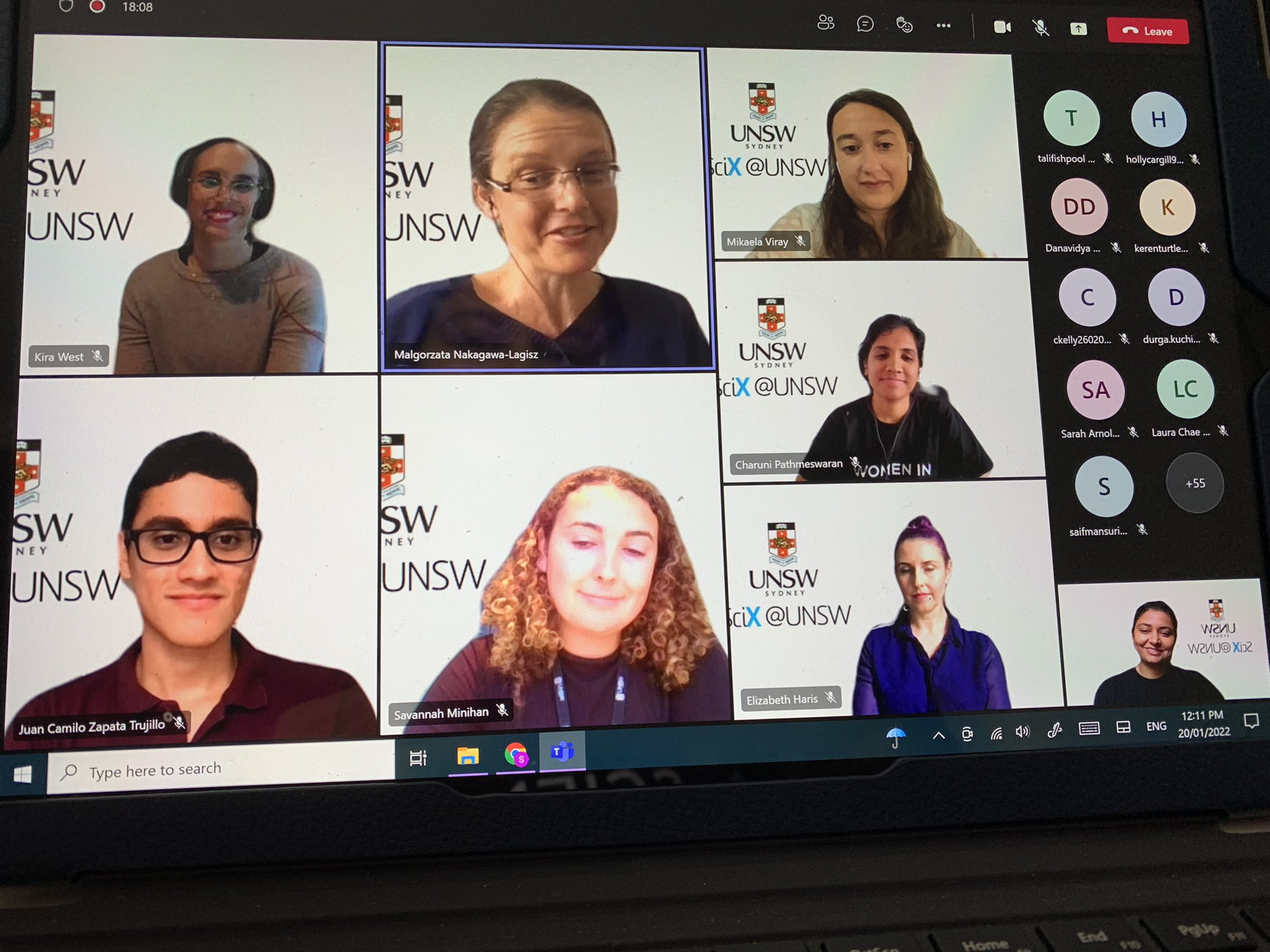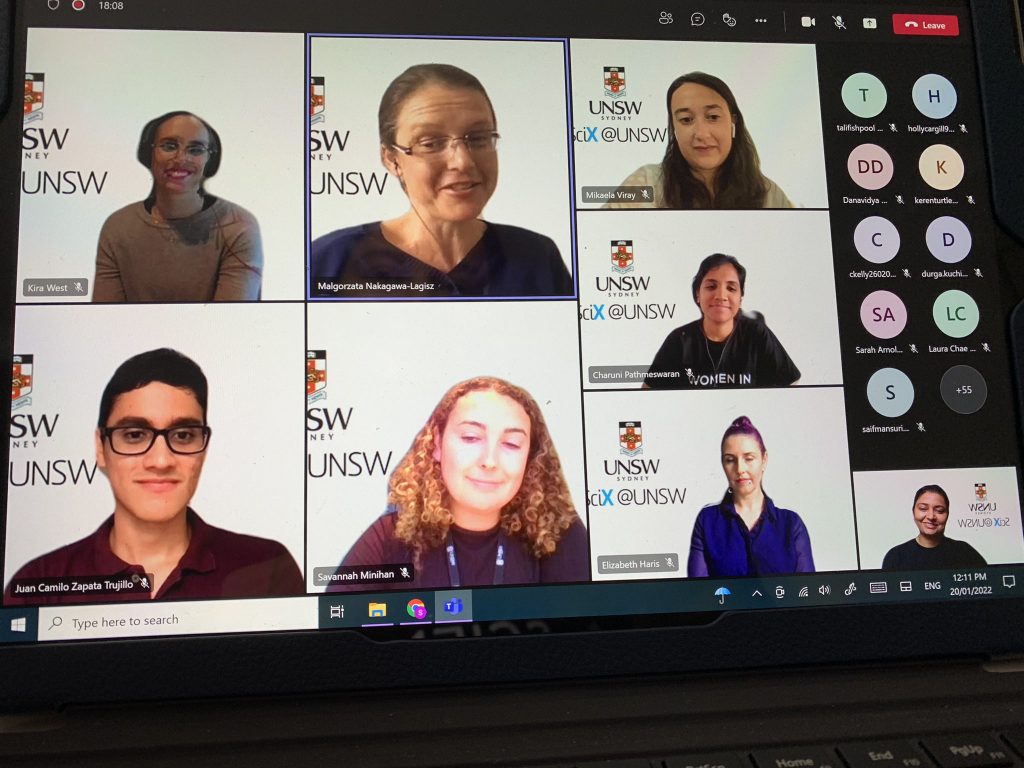By: Lilly Hatwell, Clinical MED Teaching Support, UNSW, Sydney.
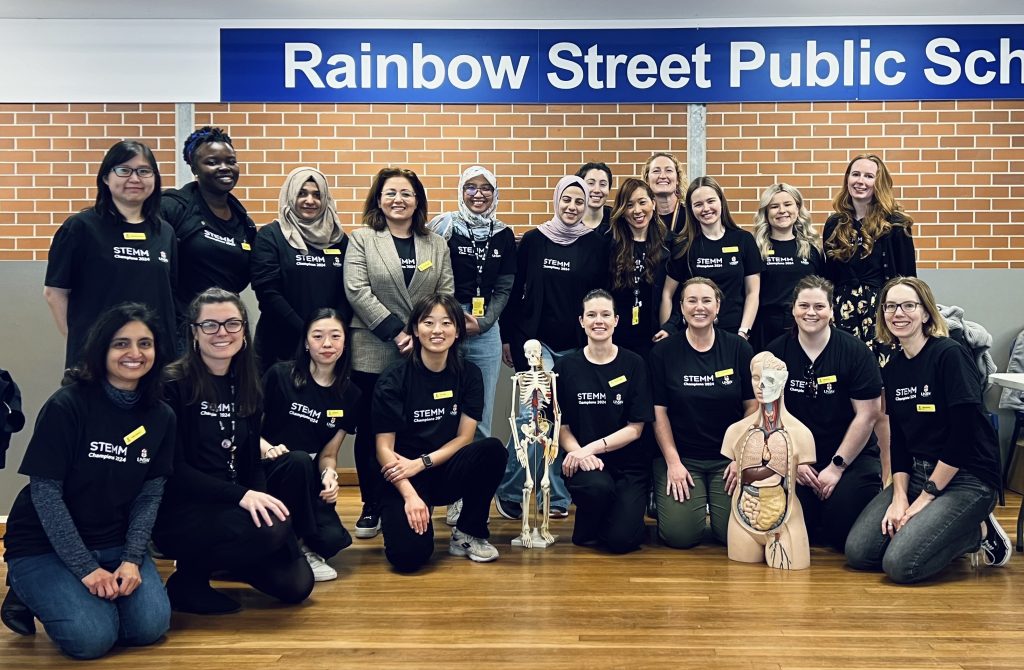
Recently, our champions have been out in the community visiting local schools with a mission to ignite a passion for all things STEMM through engaging talks and hands-on demonstrations. Our group, consisting of higher degree and early career researchers from various fields, was thrilled to share our personal journeys into the world of STEMM and provide a practical, exciting glimpse into who we are and what we do.
The power of personal stories
Our first outreach event took place at Killarney Heights High School. Our talks to the year 10 cohort focused on the diverse paths we each took to pursue careers in STEMM. From overcoming challenges to switching career paths, each story was unique. Alex spoke on her journey from professional dance into immunology, Nora spoke on the diverse opportunities in the field of ecology, Kayla opened our eyes to the world of physics and lasers and Lilly and Elissa shared their experiences of growing up in small towns and their unconventional paths into science. Our goal was to show students that a career in STEMM is not only about having top grades but also about resilience, curiosity, and a love of learning.
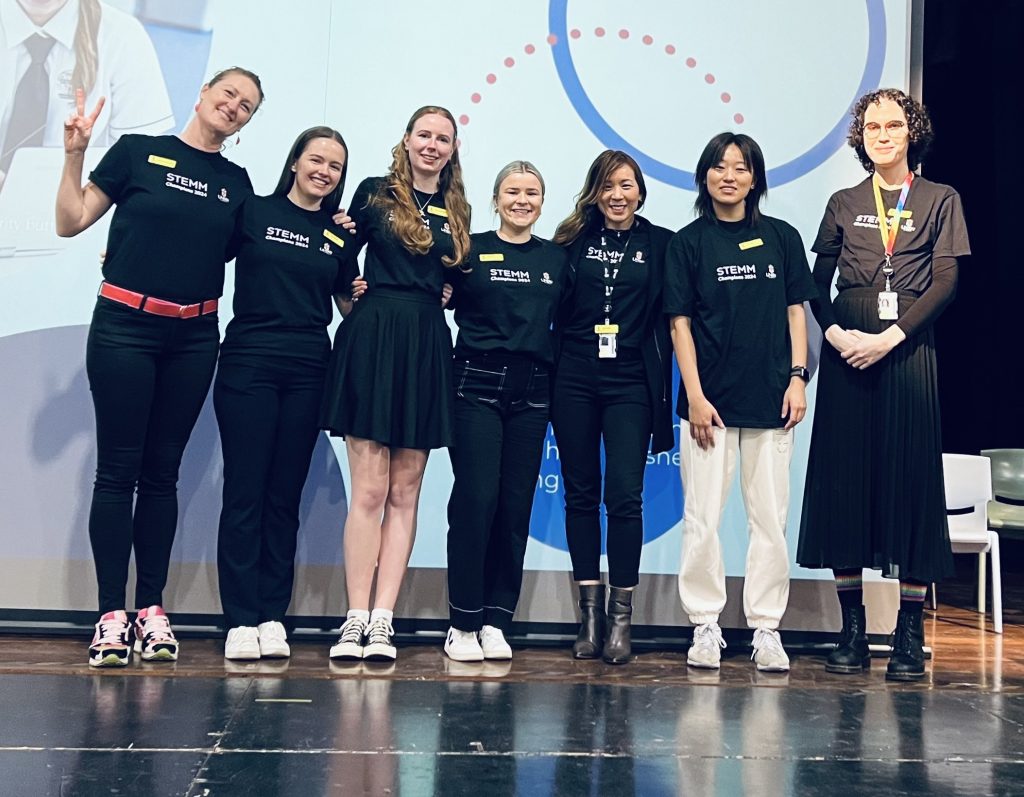
Hands on science
At the primary schools, our approach was very interactive. At both Rainbow Street Primary School and Mascot Primary School, we set up several stations, each dedicated to a different area of STEMM. Students from years 5-6 absolutely buzzed as they made their way from one station to another, experiencing all that STEMM has to offer. At one station, 3D models allowed students to build chemical structures whilst at another station fossils were buried in sand pits waiting to be discovered. The planetarium was a crowd favourite, allowing the students to get up close and personal with the solar system and science got messy with DNA extractions from strawberries. We also had a model of the human body with removable organs, 3D printed viruses and dichroic cubes to investigate the wonders of light and rainbows.
Our team guided them through each demonstration, explaining STEMM in fun, accessible ways. The energy was infectious, with students eagerly participating, asking questions about what we do day-to-day, as well as sharing with us what they want to be when they grow up and their ideas for new inventions.
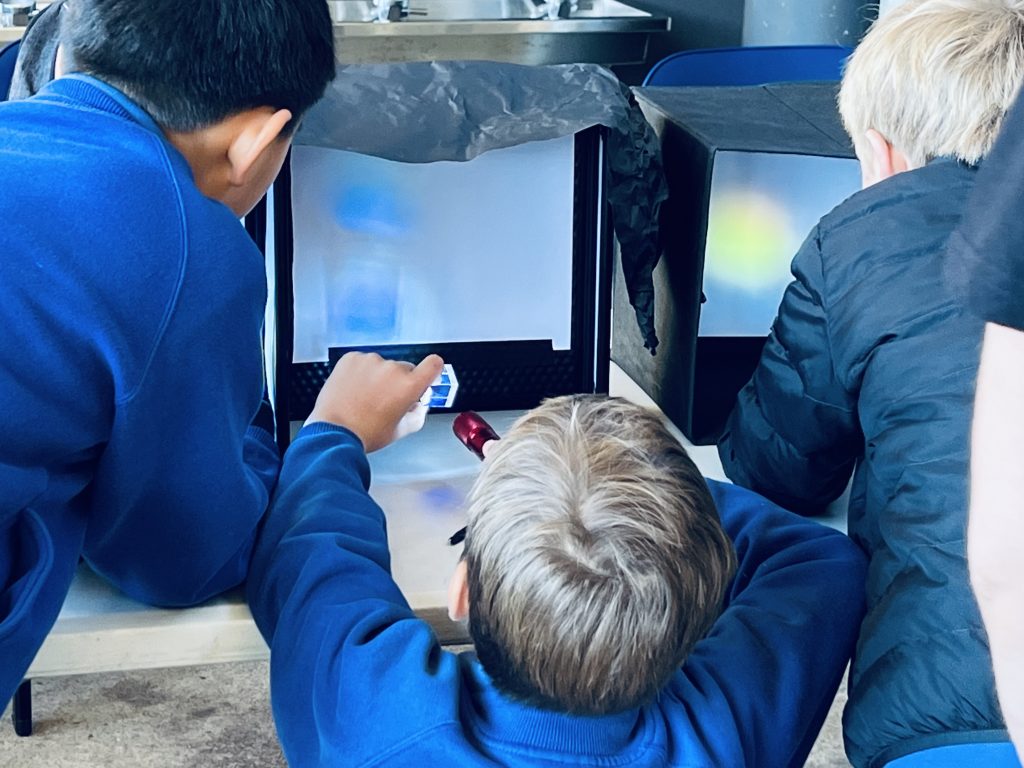
Impact
The feedback from teachers and students was overwhelmingly positive. Teachers appreciated that we brought the world of STEMM to life and noted that students were engaged and enthusiastic following our visit. Many students from Rainbow Street Primary School even wrote us letters thanking us for the experience. “I really enjoyed getting to know how vaccines work. It was really cool!” one student wrote. Another wrote, “You all have inspired me a lot more to be fascinated about the topic science.”
For us, the event was an important reminder of why we chose STEMM. We can sometimes be so deep in the intricacies of our research that we forget to take a step back and see the bigger picture. Engaging with the students not only allowed us to share our knowledge but also to inspire the next generation of scientists, engineers and mathematicians. These outreach events were a huge success, reminding us of the joy and responsibility we have in shaping curious young minds.

